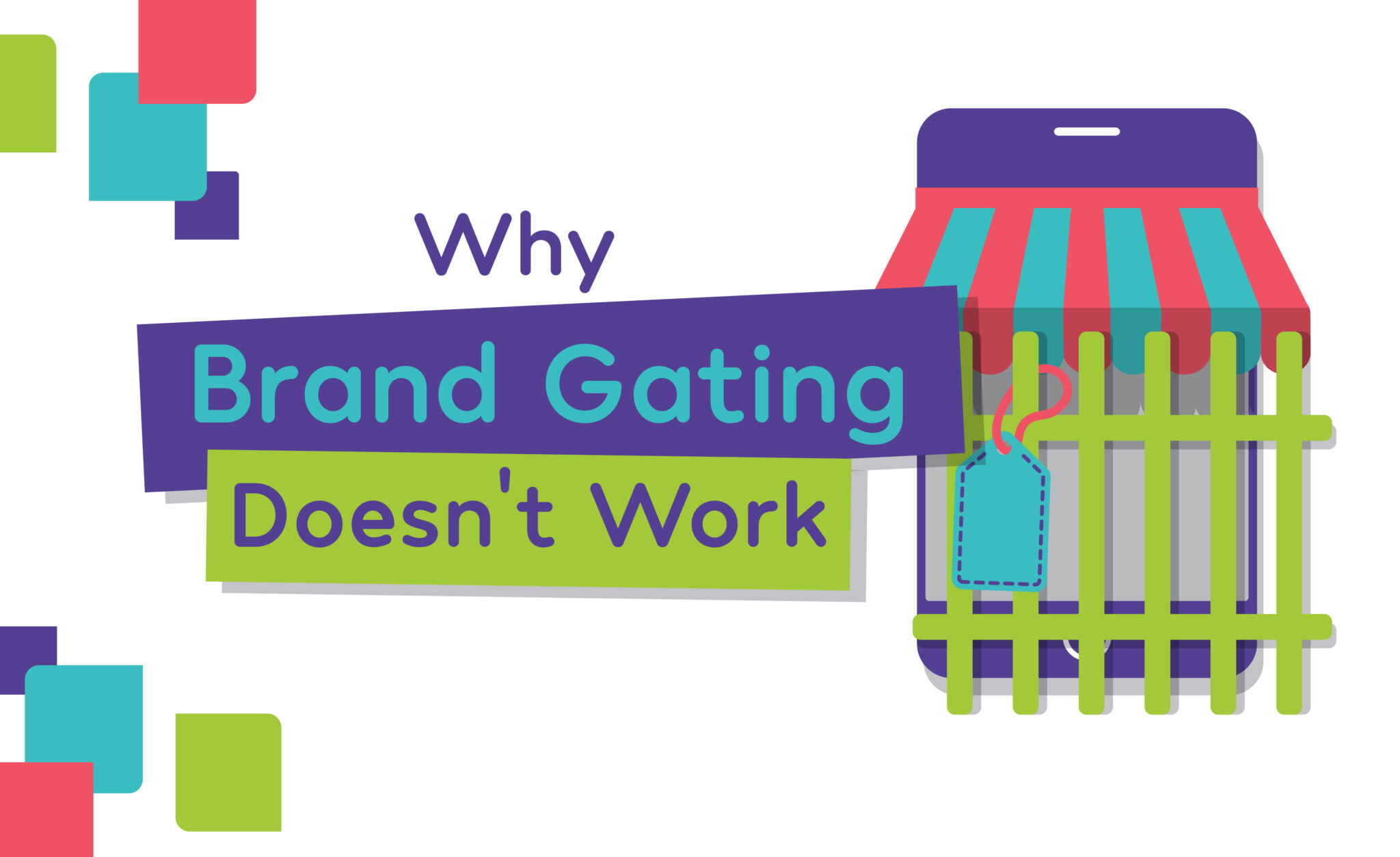Smaller Brands Continue to Suffer from Amazon’s Brand Gating Program
If you sell on Amazon, you are probably familiar with its Brand Gating program. This program is Amazon’s attempt at assisting brands in blocking unauthorized resellers from selling counterfeit products on Amazon’s marketplace. While many believe that this is the Holy Grail of Amazon brand protection, we’re here to tell you it is not.
Laborious Brand Gating Qualifications
Amazon Brand Gating is not as accessible to brands as it claims. There are several steps that brands must take before they qualify for brand gating, including:
- Signing up for Amazon’s Brand Registry
- Providing ample proof of how your company has tried to drive off unauthorized resellers
Additionally, this program only protects specific ASINs, not the entire brand portfolio, leaving some multi-product brands exposed. And after all the research and documentation, brands still may not be approved by Amazon’s brand gating team.
Program Skewed Toward Large Brands and Amazon
Through research, we determined Amazon created this program to protect big-name businesses and Amazon itself. Brand gating was created to reduce Amazon’s liability in dealing with shifty sellers. The brands that have dealt with persistent counterfeiting are risky for Amazon and the consumers buying on its platform, but very few brands have been successfully gated. However, Amazon has ensured that no third-parties sell their branded products (i.e., Amazon Basics, Amazon Essentials, etc.) besides Amazon, which is one of the points Jeff Bezos discussed when he testified before Congress last month.
Why Is Brand Gating Essential?
Countless resellers operate on Amazon without the brand owner’s knowledge or consent. Resellers create copycats or counterfeits of popular products, promote the products at a lower price, and then “win the buy box” and generate sales. This nefarious activity steals revenue from the brand’s owner and negatively impacts the brand’s image. Amazon only acts when enough complaints are filed, and even then, Amazon can take weeks to remove the unauthorized parties.
If brands had protection from the start, which is the intention of the brand gating program, this would not be an issue. However, it has been shown that Amazon only truly enacts brand gating for big-name businesses, such as Apple. Even Nike pulled their merchandise off Amazon because it was dealing with too many copycat products on that sales channel.
The “Whack-A-Mole” Game Continues
Disreputable resellers have learned how to circumvent Amazon’s protective guidelines. For example, they change the spelling of brand names, but still, promote the brand’s image and generate the sale.
When launched, Amazon’s brand gating program held potential, but it is not fulfilling its promise. Through a vague and selective approval process, less powerful brands have little power. If a brand or ASIN gets gated, rogue resellers still find a new path to circumventing Amazon’s guidelines.
At Amazzia we know that for many businesses working to remove unauthorized sellers is time-consuming and frustrating. Luckily, we have a dedicated team working on this issue around the clock. To date, we’ve successfully removed 90% of unsanctioned listings within 90 days, allowing our clients to win their buy boxes and maximize their revenue on Amazon.



